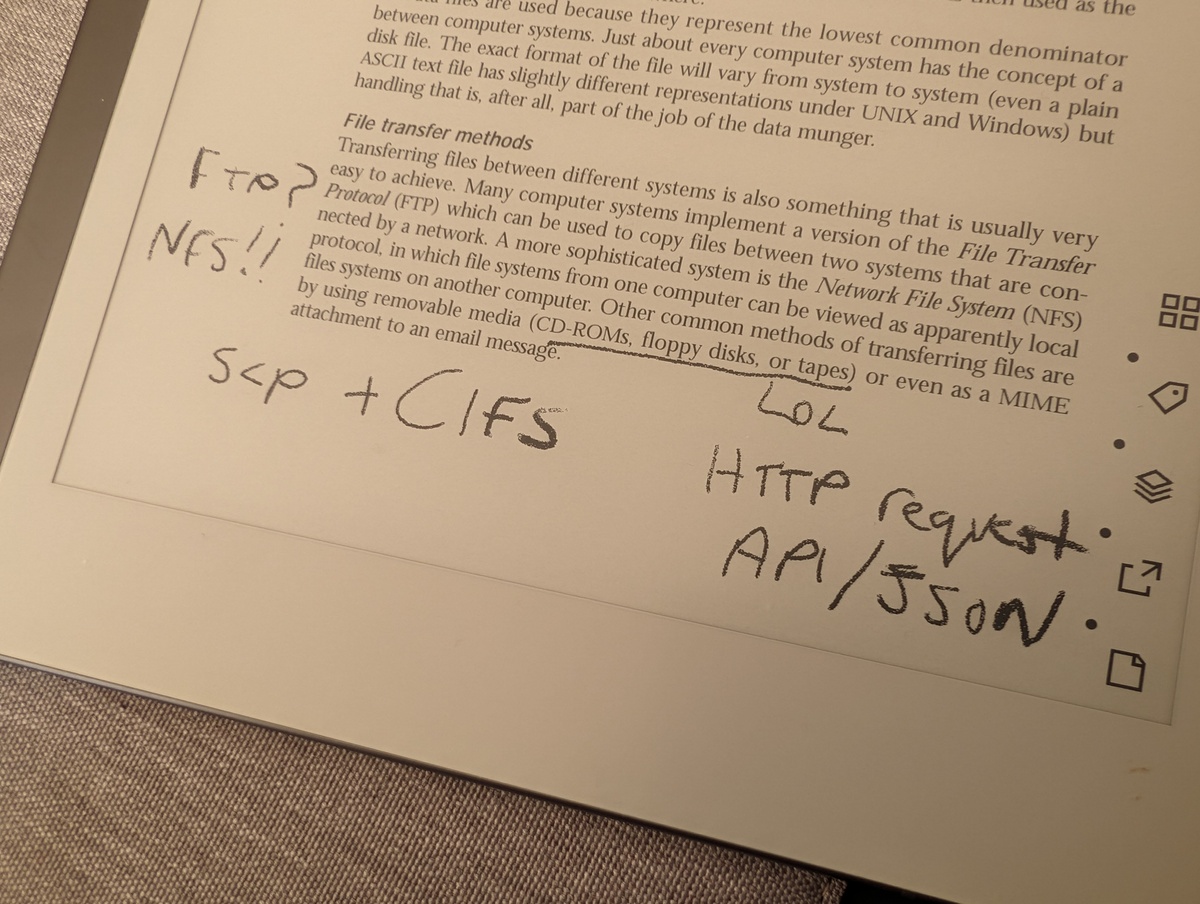Data Munging with Perl was published in February 2001. That was over 23 years ago. It’s even 10 years since Manning took the book out of print and the rights to the content reverted to me. Over that time, I’ve been to a lot of Perl conferences and met a lot of people who have bought and read the book. Many of them have been kind enough to say nice things about how useful they have found it. And many of those readers have followed up by asking if there would ever be a second edition.
My answer has always been the same. It’s a lot of effort to publish a book. The Perl book market (over the last ten years, at least) is pretty much dead. So I really didn’t think the amount of time I would need to invest in updating the book would be worth it for the number of sales I would get.
But times change.
You may have heard of Perl School. It’s a small publishing brand that I’ve been using to publish Perl ebooks for a few years. You may have even read the interview that brian d foy did with me for perl.com a few years ago about Perl School and the future of Perl publishing. In it, I talk a lot about how much easier (and, therefore, cheaper) it is to publish books when you’re just publishing ebook versions. I end the interview by inviting anyone to come to me with proposals for Perl School books, but brian is one of only two people who have ever taken me up on that invitation.
In fact, I haven’t really written enough Perl School books myself. There are only two – Perl Taster and The Best of Perl Hacks.
A month or so ago, brian was passing through London and we caught up over dinner. Of course, Perl books was one of the things we discussed and brian asked if I was ever going to write a second edition of Data Munging with Perl. I was about to launch into my standard denial when he reminded me that I had already extracted the text from the book into a series of Markdown files which would be an excellent place to start from. He also pointed out that most of the text was still relevant – it was just the Perl that would need to be updated.
I thought about that conversation over the next week or so and I’ve come to the conclusion that he was right. It’s actually not going to be that difficult to get a new edition out.
I think he was a little wrong though. I think there are a few more areas that need some work to bring the book up to date.
- Perl itself has changed a lot since 2001. Version 5.6.0 was released while I was using the book – so I was mostly targeting 5.005 (that was the point at which the Perl version scheme was changed). I was using “-w” and bareword filehandles. It would be great to have a version that contains “use warnings” and uses lexical filehandles. There are dozens of other new Perl features that have been introduced in the last twenty years.
- There are many new and better CPAN modules. I feel slightly embarrassed that the current edition contains examples that use Date::Manip and Date::Calc. I’d love to replace those with DateTime and Time::Piece. Similarly, I’d like to expand the section on DBI, so it also covers DBIx::Class. There’s a lot of room for improvement in this area.
- And then there’s the way that the world of computing has changed. The current edition talks about HTTP “becoming ubiquitous” – which was an accurate prediction, but rather dates the book. There are discussions on things like FTP and NFS – stuff I haven’t used for years. And there are new things that the book doesn’t cover at all – file formats like YAML and JSON, for example.
The more I thought about it, the more I realised that I’d really like to see this book. I think the current version is still useful and contains good advice. But I don’t want to share it with many people because I worry that they would pick up an out-of-date idea of what constitutes best practices in Perl programming.
So that has now become my plan. Over the next couple of months, I’ll be digging through the existing book and changing it into something that I’m still proud to see people reading. I don’t want to predict when it will be ready, but I’d hope to have it released in the autumn.
I’d be interested to hear what you think about this plan. Have you read the book? Are there parts of it that you would like to see updated? What new syntax should I use? What new CPAN modules are essential?
Let me know what you think.


What we REALLY need to do is run NumPy and PDL through the same set of comprehensive benchmarks and see if we can make a case for PDL.
Showing duckdb with Perl will be a big bonus of such book